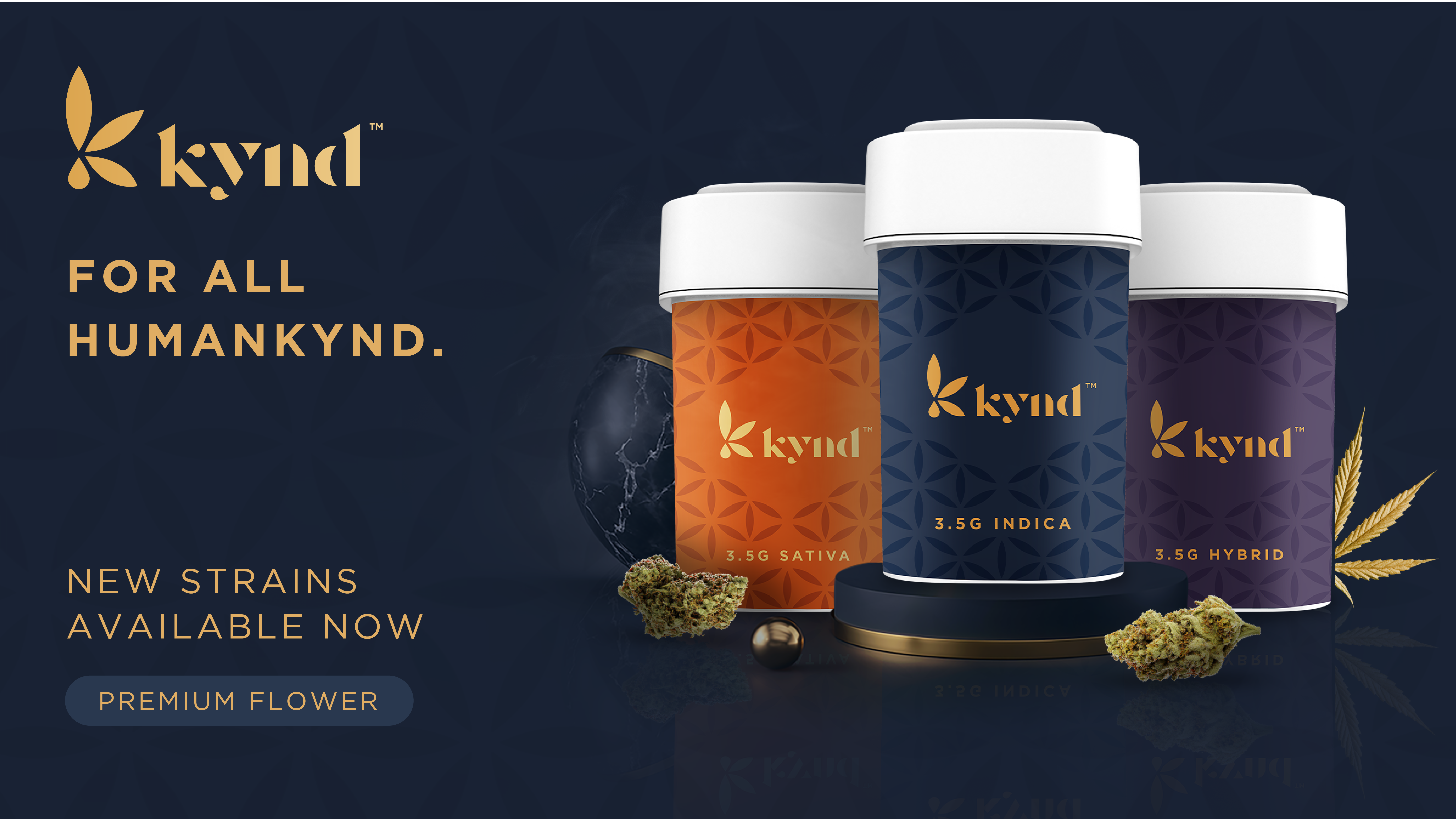Terpenes, the fragrant essential oils found in every plant, flower, and herb, are abundant in cannabis. But until recently, terpenes got much less research attention than other components of the plant. THC and CBD were thought to be the only parts capable of offering medicinal value, while terpenes were thought to be responsible only for its flavor and scent.
Today, though, we know that terpenes play a part in cannabis’s entourage effect, meaning all cannabinoids and terpenes work together to improve the plant’s therapeutic benefits. In other words, terpenes have the power to enhance or hinder the strength of their counterparts.
Hundreds of these terpenes occur in cannabis, but only a few in significant concentrations. Those are the terpenes we’ve been exploring on this blog. After last week’s post on humulene (also known as alpha-caryophyllene), we’re wrapping up the series with beta-caryophyllene. And if most terpenes have power in numbers, this one has superpowers.
What Is Beta-Caryophyllene?
Beta-caryophyllene (sometimes referred to as β-caryophyllene, caryophyllene, or simply BCP) is a spicy, peppery terpene found in high concentrations across a variety of plants and herbs. These include, but aren’t limited to, black pepper, cloves, cinnamon, rosemary, and (like alpha-caryophyllene) basil and hops.
What’s interesting is that BCP doesn’t only occur naturally. And cannabis isn’t the only medicine that contains BCP in high enough concentrations to treat health conditions. This terpene is also an FDA-approved food additive, with future potential for use in pharmaceuticals.
What Does Beta-Caryophyllene Treat?
BCP is most well-known for its anti-inflammatory effects. This is because the terpene binds to CB2 receptors, the parts of our bodies’ endocannabinoid systems responsible for regulating inflammation.
Yet inflammation regulation is only one of several natural healing processes BCP can activate by binding to CB2 receptors. We won’t get too deep into the science here, but this chemical reaction can help with:
- Weight loss: As it does when combined with humulene, beta-caryophyllene binds to CB2 receptors to suppress appetite in doses of 10 to 200 mg.
- Cancer: BCP also “significantly increases the anticancer activity” of humulene, which inhibits tumor growth by up to 69 percent alone but up to 90 percent with BCP.
- Alcoholism: Studies on mice suggest that CB2 receptors contribute to alcohol dependence and sensitivity. Working alongside them, BCP can mediate alcohol intake.
- Anxiety and depression: CB2 receptors also contribute to the symptoms of mood disorders, research suggests, and can improve them alongside BCP.
- Longevity: In worms, BCP has been found not only to modulate stress but to increase lifespan by up to 22 percent.
- Brain health: By reducing neuroinflammation and increasing antioxidant levels in the brain, BCP can reduce seizures, swelling, and brain damage after a stroke. By improving blood flow to the brain, it can improve vascular dementia. And by activating CB2 receptors (which prevent dopamine loss), BCP can even help prevent Alzheimer’s and Parkinson’s
These are only a few of at least 21 human health benefits of this extraordinary terpene. Safe to say it’s an all-rounder in medical cannabis.
Popular Strains (and What You Should Know Before Buying)
Like humulene, beta-caryophyllene supplements Sour Diesel, a popular, sativa-dominant strain suggested for stress, pain, and depression. These terpenes also appear in anti-inflammatory topicals you can apply directly to the skin.
You’ll find BCP in most harvests of:
- OG Kush: A stress-relieving hybrid with a distinctive lemon-pine aroma. OG Kush also contains the terpenes pinene (also anti-inflammatory), limonene (mood-enhancing), and myrcene (relaxing).
- Bubba Kush: An indica strain with subtle notes of chocolate and coffee, known for its heavy, head-to-toe tranquilizing effects.
- Chemdawg: The parent strain of hybrids like OG Kush and Sour Diesel, also noted for the latter’s pungent, diesel-like aroma and relaxing effects.
- Rockstar: An indica-dominant hybrid with aromatic notes of spice and grape, for strong relief of headaches, pain, and insomnia without too much sedation.
Sold on BCP? Eager to try out one of these strains? You’ll find at least a few of them at most good dispensaries, and at Sira Naturals, we sometimes offer them on our Daily Menus. But when shopping for BCP-rich strains, keep that entourage effect in mind. There’s little the terpene can’t boost, but BCP can dull the effects of THC in some cases.
That concludes our six-part series on popular cannabis terpenes!






